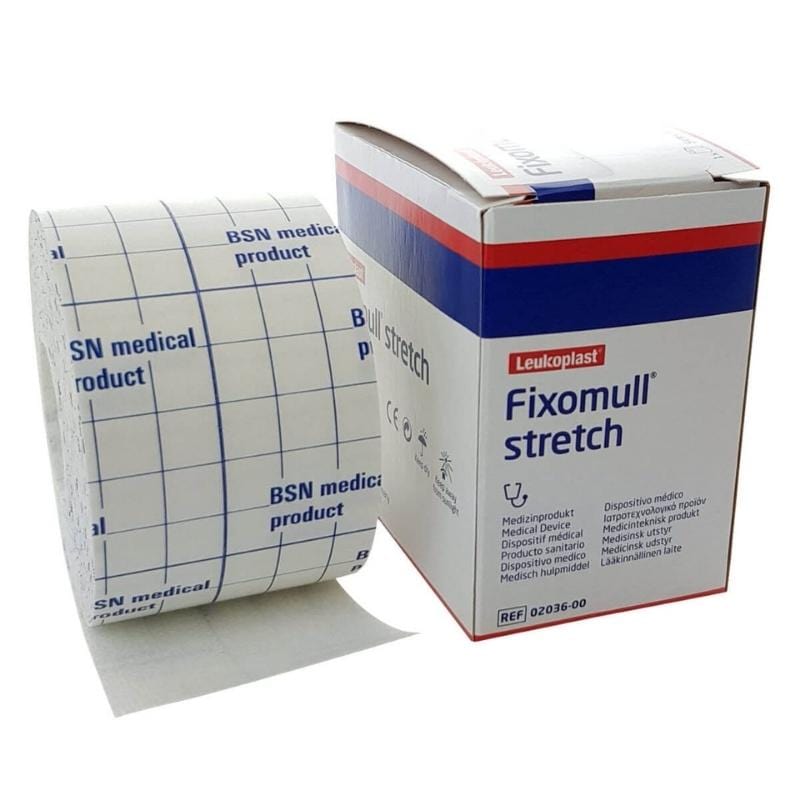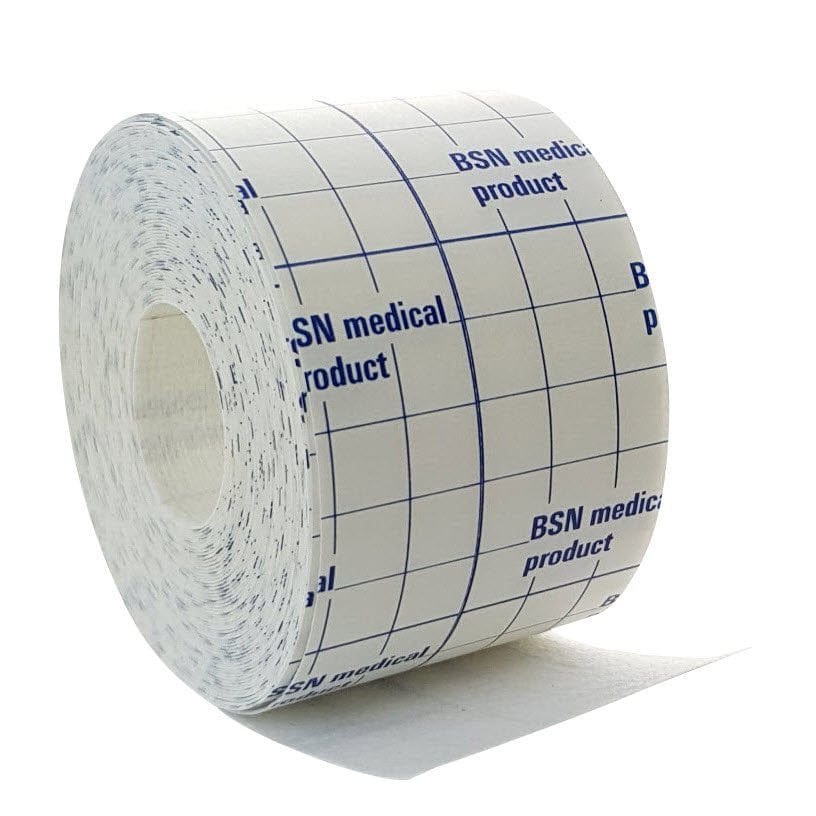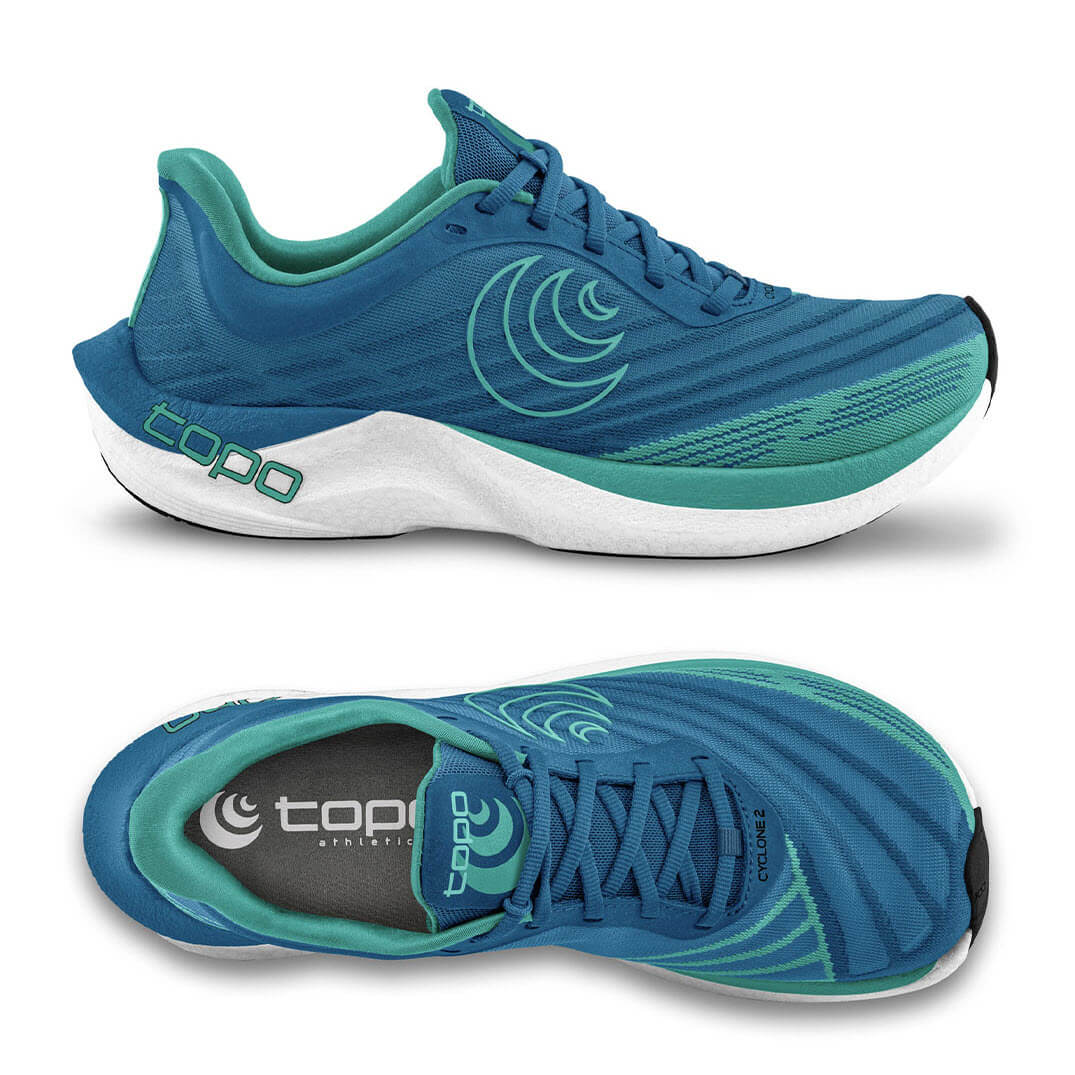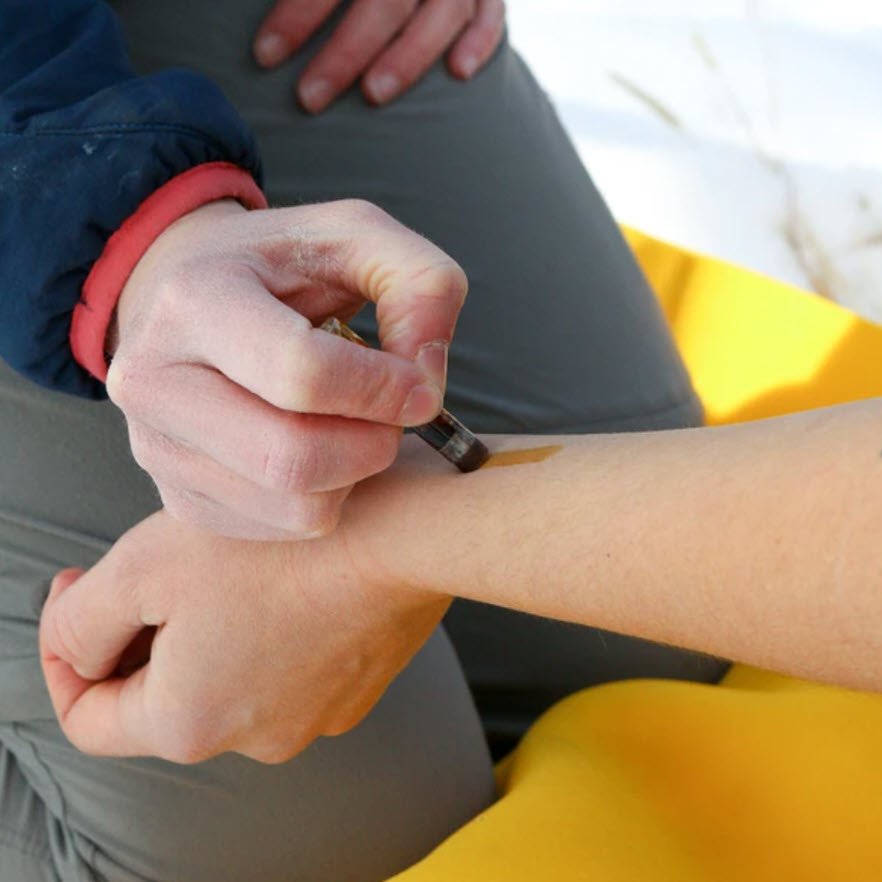In competitive sport, it’s a shame when injury decides the outcome of a tournament. Least of all a grand slam. When that injury is a tennis blister on the foot or hand, it’s even harder to accept. Just ask Chung, Murray, Cilic, Sharapova, Federer about their Australian Open foot blisters.
The Australian Open 2013
Andy Murray insists his tennis blister was not an issue in his defeat by Novak Djokovic in the final of the 2013 Australian Open last night. But, anyone who saw the footage of the on-court medical attention he received, might find that difficult to believe.
Murray's foot required attention at the end of the third set to a deroofed blister under the big toe knuckle of his right foot. The medic applied a combination of cushioning, taping and powder. Without it, Andy wouldn’t have been able to continue. His skin was raw! The commentators suggested he was taking painkillers or an anti-inflammatory, but neither were going to take that pain away.
Recent tennis blister history at the Australian Open. Notable blister casualties of the Australian Open alone include Roger Federer (2005), Maria Sharapova (2006) and now Murray (2013). That's just a few of the big names from one tournament in the last few years. It’s difficult to understand how something like foot blisters can continue to be a major issue for elite professional tennis players. And hand blisters. These players have their own support teams that travel around the world with them. They have access to the best products and most current technology. They go to extraordinary lengths to prevent injury. And yet tennis blisters continue to strike down even the best at the most important moments.
I can tell you why: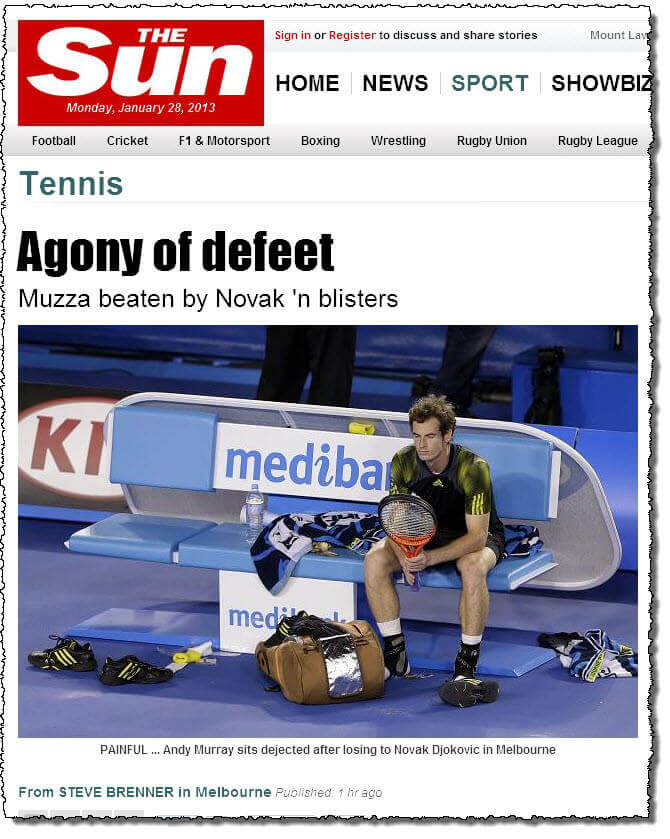 Andy Murray after losing the Australian Open tennis final with a painful foot blister
Andy Murray after losing the Australian Open tennis final with a painful foot blister
The mainstream understanding of what causes blisters (and therefore how to prevent them) is out of whack.
Get this wrong and you can't expect to be successful in blister prevention.
Two relevant factors for foot blisters in tennis
1. The mechanical demands on the feet
Tennis is a game of sudden accelerations, decelerations and changes of direction. This causes the bones under the skin to move back & forth and side to side to an excessive degree. This creates extreme skin shear distortions - the mechanism of skin damage in blisters. Repetitive shear causes micro-tears under the skin surface that within 2 hours fills with fluid - and you have a blister!

Extreme side to side shear on the feet in professional tennis
2. High friction levels
In-shoe friction levels are relatively high at the best of times. Add heat and perspiration and you've got a very high friction environment. High friction levels makes everything grip together more. It has to be that way to give your foot traction within your shoe. But the demands of the sport mean the foot bones are moving around a lot with each acceleration and deceleration. The more the bones move relative to the skin, the more the skin stretches (shears), and the more likely blisters are to occur.
But...
That's not to say blisters are inevitable. In fact, foot blisters are entirely preventable, even on the hottest day in the toughest match with the sweatiest feet. If you understand what causes blisters and choose the right strategy for that anatomical location, you can not only prevent a blister, but you can make a current blister much less painful. More on that in a second.
Why do some tennis players get blisters and others don't?
There are a few factors to consider. Preparation is one. Perhaps there was not sufficient callous management. Perhaps the draw or difficulty of the game before was such that the blister started earlier and was not managed adequately. But as much as anything else, each person has an innate level of susceptibility (or resistance) to blistering. There are person-to-person variances in the skin's ability to handle skin shear distortion without shear damage. It's just the way we're made and it's no different to anything else (think height, eye colour, nose size and other things that make us what we are - that we have no control over).
Back to Andy Murray
So the medic came and did what he could, and Murray was at least able to continue the game. I noticed he had a double-sock system in place. That is, he was wearing a thin inner sock and a thicker outer sock. This is an attempt to add an additional interface (the sock-sock interface) to lower friction levels. Unfortunately, this strategy wasn’t enough for Murray on the night.
Where to from here for foot blisters in tennis?
Treating foot blisters in pro tennis players is no different to any other athlete. You have to do these things:
- Apply an antispetic (easy)
- Put the right blister dressing on it (island dressing or hydrocolloid, depending on the blister roof)
- Reduce pressure from it (if you can)
- Reduce friction levels (see below)
How you achieve the last two will depend on where the blister is on the foot. This is the most important thing to understand. But I'm going to come right out and say it - powder is not going to cut it when you already have a blister. And every blister you see in tennis matches will already be taped, yet their blister developed (or got worse). So taping is also not (or rarely) the answer -but the player will promptly have their blister re-taped. And continue to have a very sore blister.
Getting better blister outcomes, both preventively and in treatment, takes a change in thinking about what causes blisters. And this is difficult. I certainly found it difficult to move away from thinking about blisters in terms of rubbing. It's hard to talk about blisters without using the word "rubbing". It's hard to think of anything other than "heat, moisture and friction" as being solely responsible for blister formation. These things are ingrained into our brain. But we need to move away from these over-simplifications.
If you want to know more about choosing the right blister strategy for the 15 different blister anatomical locations, start here. This is the only way you can expect to 100% prevent blisters (or get substantial relief from an already formed blister) in a demanding sport like tennis. Stop throwing general things at these foot blisters because you'll get mediocre results at best.

